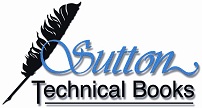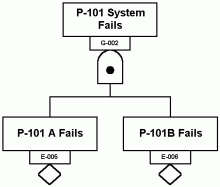Standard Examples
We have developed a set of process safety management standard examples that are used to illustrate some of the concepts and ideas developed in our publications.
Example 1 - Facility Design
A process consists of four operating units and a utilities section. A schematic of the system is shown in Figure 1.



